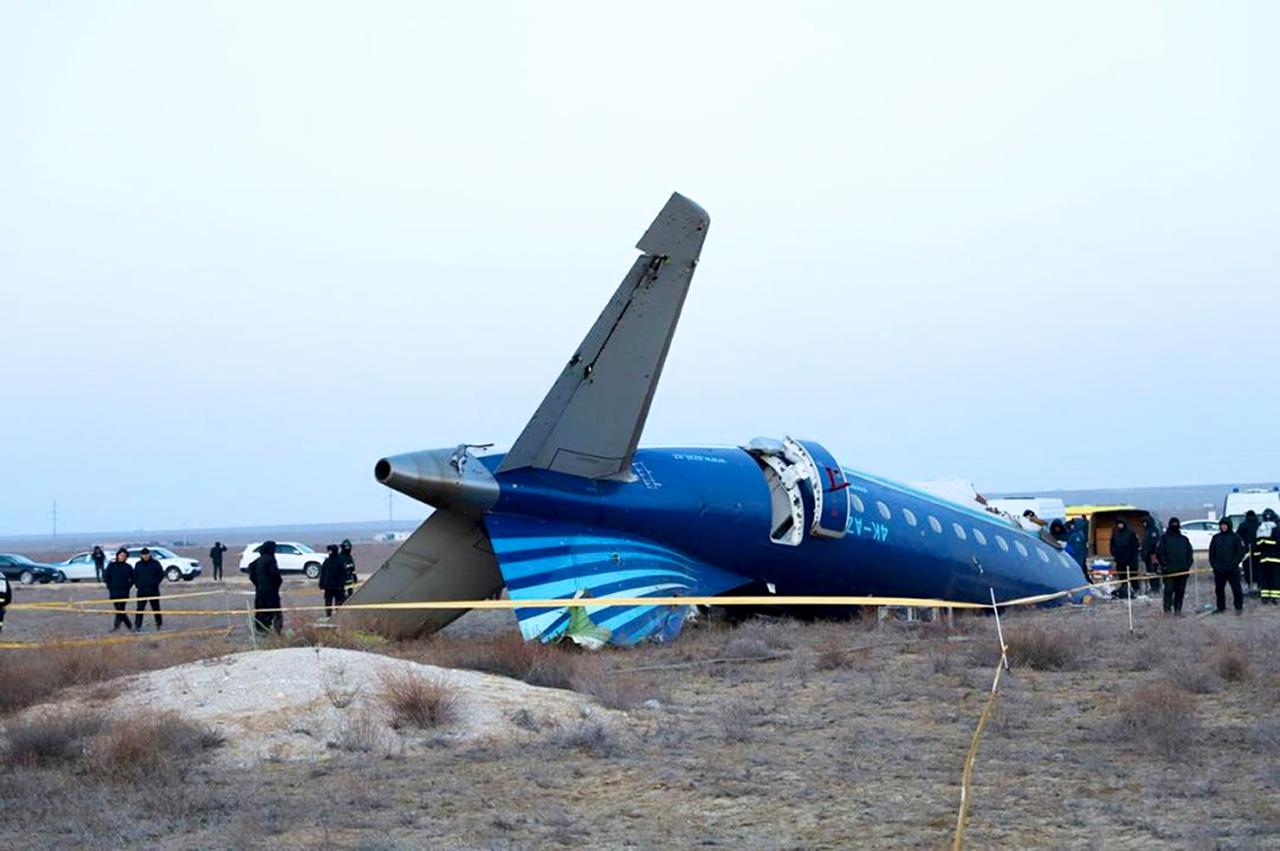Drone crash: A seemingly simple phrase hides a world of complexity. From mechanical malfunctions and software glitches to pilot error and unforgiving weather, the reasons behind these incidents are multifaceted. This guide dives into the core causes of drone crashes, explores effective prevention strategies, and examines the lasting impact of these events, all while looking toward a future of safer, more reliable drone technology.
We’ll cover everything from pre-flight checklists and emergency procedures to legal ramifications and insurance options. Real-world case studies will illuminate the consequences of drone crashes, highlighting both the devastating outcomes and the crucial lessons learned. We’ll also explore emerging technologies and regulatory advancements designed to minimize future incidents.
Drone crashes, unfortunately, are a growing concern. Understanding why they happen often involves looking at the bigger picture – like the sheer number of drones in the air. Check out this resource on drone sightings around the world to get a sense of the increasing airspace congestion. This helps explain why preventative measures and improved safety protocols surrounding drone operation are so vital to avoid future crashes.
Drone Crash Causes
Understanding why drones crash is crucial for improving safety and preventing future incidents. Several factors, ranging from mechanical issues to human error, contribute to these accidents. This section breaks down the common causes, offering insights into how to mitigate them.
Mechanical Failures in Drones
Mechanical failures are a significant contributor to drone crashes. These can include motor malfunctions, where a motor might fail mid-flight due to overheating or component fatigue, leading to an uncontrolled descent. Propeller damage or detachment, often caused by collisions with obstacles or wear and tear, can also result in a loss of stability and a crash. Furthermore, issues with the gimbal, the mechanism that stabilizes the camera, can affect flight control and lead to instability.
Finally, failures within the drone’s power system, such as battery issues or power regulator problems, can abruptly cut off power, resulting in a sudden drop from the sky.
Software Glitches and Drone Stability
Software glitches, bugs, or firmware issues can severely compromise a drone’s stability and flight control. These can manifest as erratic movements, sudden loss of altitude, or complete system failures. A common example is GPS signal interference or loss, which can disorient the drone and cause it to drift uncontrollably. Furthermore, issues with the flight controller’s software can lead to incorrect calculations and commands, resulting in unstable flight and crashes.
Finally, updates or modifications to the drone’s software that are not properly tested can introduce unforeseen errors and cause problems.
Environmental Factors Affecting Drone Flights
Environmental conditions play a substantial role in drone crashes. Strong winds can easily overwhelm a drone’s stabilization system, causing it to be blown off course and potentially crash. Heavy rain can damage electronics and reduce visibility, making it difficult for the pilot to maintain control. Extreme temperatures, both hot and cold, can affect battery performance and the functionality of other electronic components.
Finally, unexpected weather changes can catch pilots off guard, making it difficult to react in time to avoid a crash.
Human Error in Drone Operation
Human error is frequently the primary cause of drone accidents. Inadequate pilot training, leading to poor decision-making and lack of situational awareness, is a major factor. Improper operation, such as exceeding the drone’s operational limits or failing to adhere to safety guidelines, increases the risk of accidents. Neglecting pre-flight checks and failing to account for environmental conditions also contribute to human-error-related crashes.
Drone crashes can be frustrating, especially when you’re trying to get a good signal. A weak connection can easily lead to lost control, so making sure your signal is strong is crucial. Consider investing in a good amplificateur wifi to boost your Wi-Fi range and prevent those frustrating mid-flight dropouts. This can greatly reduce the chances of a drone crash due to signal loss.
Furthermore, distractions or lack of focus during flight can lead to mistakes that result in crashes.
Table of Drone Crash Causes and Mitigation Strategies
| Cause Category | Specific Cause | Frequency | Mitigation Strategies |
|---|---|---|---|
| Mechanical | Motor failure | High | Regular maintenance, pre-flight checks |
| Software | GPS signal loss | Moderate | Use of reliable GPS, firmware updates |
| Environmental | Strong winds | High | Avoid flying in high winds, use wind sensors |
| Human Error | Pilot inexperience | High | Proper training, adherence to safety guidelines |
Drone Crash Prevention
Preventing drone crashes requires a multi-faceted approach encompassing pre-flight checks, safe operating procedures, and pilot training. This section Artikels essential steps to minimize the risk of accidents.
Drone Pre-Flight Inspection Checklist
A thorough pre-flight inspection is paramount. This checklist should be followed religiously before each flight.
- Visually inspect the drone for any physical damage.
- Check the battery level and ensure it’s properly connected.
- Verify that all propellers are securely attached and undamaged.
- Confirm that the GPS signal is strong and stable.
- Test the motors and flight controls before takeoff.
- Check the weather conditions and assess their impact on flight safety.
- Review the flight plan and ensure it’s safe and feasible.
Best Practices for Drone Operation in Various Weather Conditions
Adapting flight procedures to weather conditions is crucial. In windy conditions, select a sheltered location and consider postponing the flight if the wind is too strong. In rainy conditions, avoid flying as water can damage electronics and reduce visibility. In extreme temperatures, monitor battery performance closely and take necessary precautions to prevent overheating or freezing.
Emergency Procedures During Drone Malfunction
Having a plan for emergencies is essential. If a drone malfunctions, the first step is to attempt to regain control using the emergency controls. If regaining control is impossible, initiate a controlled descent, prioritizing landing in a safe area away from people and obstacles. Once the drone is safely on the ground, assess the damage and follow the reporting procedures.
The Importance of Proper Pilot Training
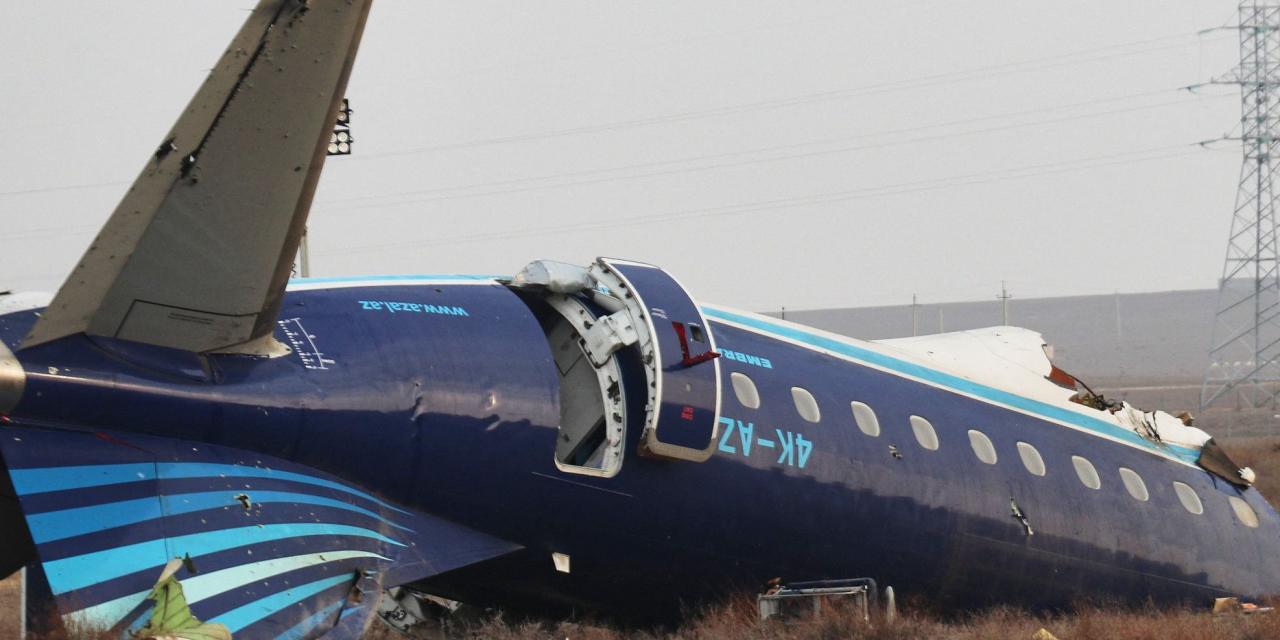
Proper pilot training is a cornerstone of drone safety. Training should cover various aspects, including pre-flight checks, emergency procedures, weather awareness, and legal regulations. Experienced and well-trained pilots are better equipped to handle unexpected situations and make sound decisions, minimizing the risk of accidents.
Preventative Measures by Drone Manufacturers
Drone manufacturers have a crucial role in enhancing drone safety. Implementing robust quality control measures during manufacturing is essential to minimize mechanical failures. Developing sophisticated software with built-in safety features, such as obstacle avoidance systems and automatic emergency landings, can significantly improve drone safety. Finally, designing drones with durable materials and protective casings can reduce the impact of collisions and other external factors.
Drone Crash Impact and Aftermath
The consequences of drone crashes can be significant, varying based on the environment and the severity of the incident. This section explores the potential impacts and the necessary steps to take after a crash.
Consequences of Drone Crashes in Different Environments
In urban environments, drone crashes can pose risks to people and property. Collisions with buildings, vehicles, or pedestrians can cause injuries or damage. In rural environments, crashes might impact wildlife or damage crops or infrastructure. The severity of the consequences depends heavily on the drone’s size, weight, and speed at the time of the crash.
Legal and Regulatory Ramifications of Drone Crashes
Drone crashes involving property damage or injury can have significant legal consequences. The pilot may face fines, lawsuits, or even criminal charges depending on the severity of the incident and the applicable regulations. It’s crucial to understand and adhere to all relevant local, state, and federal drone regulations.
Insurance Coverage for Drone Owners
Insurance coverage can mitigate financial losses associated with drone crashes. Liability insurance covers damages caused to third parties, while hull insurance covers damage to the drone itself. Choosing the right insurance policy is vital to protect against potential financial burdens.
Investigating and Reporting Drone Accidents
Drone accidents should be reported to the relevant authorities, usually the Federal Aviation Administration (FAA) in the United States or equivalent agencies in other countries. A thorough investigation is typically conducted to determine the cause of the crash and identify any safety improvements needed.
Flowchart for Immediate Actions After a Drone Crash
Following a drone crash, immediate action is crucial. A flowchart can help ensure a systematic approach.
- Ensure personal safety and the safety of others.
- Secure the crash site if possible.
- Assess the extent of any damage or injuries.
- Contact emergency services if needed.
- Document the incident with photos and videos.
- Report the accident to the relevant authorities.
- Contact your insurance provider.
Drone Crash Case Studies
Analyzing real-world drone crash incidents provides valuable insights into the causes of accidents and helps identify areas for improvement. This section presents case studies to illustrate these points.
Two Real-World Drone Crash Incidents
- Incident 1: A drone crashed into a crowd at a public event due to pilot error (loss of control in strong winds). This resulted in minor injuries and significant media attention. The incident highlighted the importance of weather awareness and pilot training.
- Incident 2: A drone malfunctioned mid-flight due to a software glitch, causing it to fall from a considerable height.
No injuries resulted, but the drone was significantly damaged. This emphasized the need for robust software development and testing.
Technological Advancements for Crash Prevention
Technological advancements are continuously improving drone safety. Obstacle avoidance systems using sensors like lidar and radar are becoming increasingly common, allowing drones to automatically avoid collisions. Autonomous flight control systems enhance stability and reduce the likelihood of human error. Improved battery technology and power management systems minimize the risk of power failures.
Lessons Learned and Impact on Safety Regulations
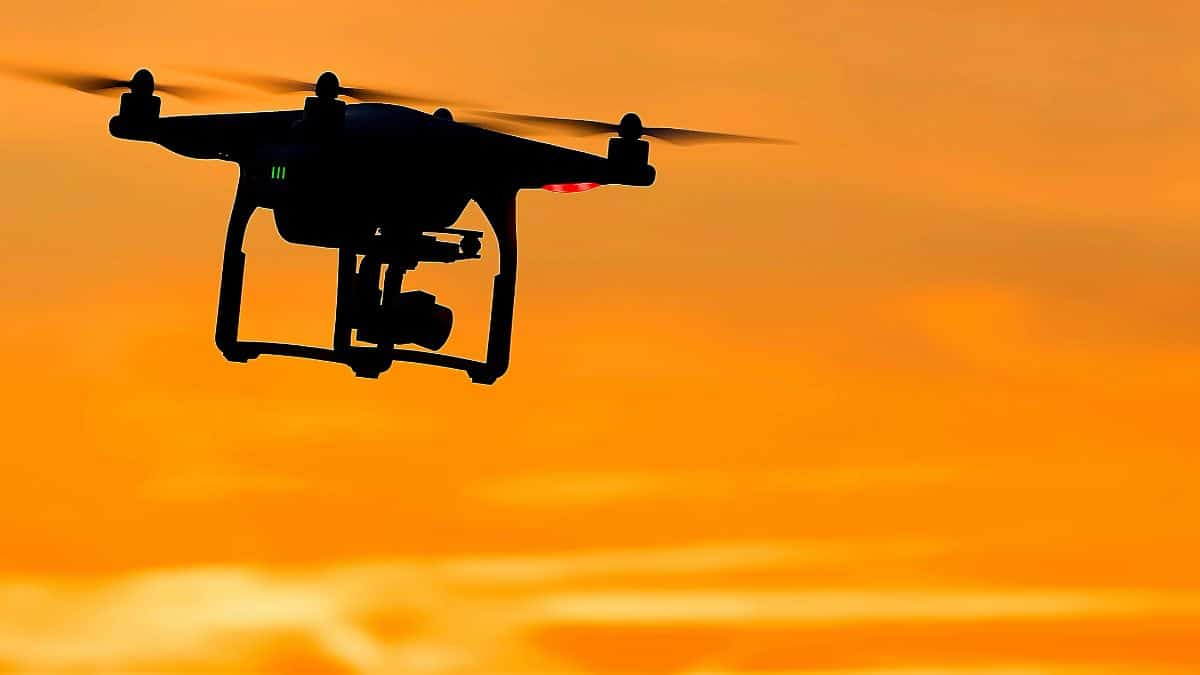
Notable drone crashes have led to significant changes in safety regulations and industry practices. Increased emphasis on pilot training, stricter regulations on drone operation in populated areas, and mandatory reporting requirements for accidents are some examples of the impact of these incidents.
Detailed Description of a Drone Crash Incident
Imagine a drone, a DJI Mavic 2 Pro, crashing into a rocky hillside during a filming session. The impact shattered one of the propellers, leaving a visible gash in the drone’s arm. The drone’s camera, though relatively intact, showed signs of impact damage. The surrounding environment was a steep, rocky slope with sparse vegetation, indicative of a difficult terrain for recovery.
The drone’s battery compartment was slightly dented, and there were small scrapes and scratches across the drone’s body. The overall scene depicted the uncontrolled nature of the crash, emphasizing the potential for damage even in seemingly benign environments.
Drone crashes can be a bummer, especially if you’re not following the rules. To avoid a costly mishap, make sure you’re up to speed on the regulations. Check out this helpful guide on canada drone laws under 250g to learn about weight limits and other important safety guidelines. Understanding these laws is key to preventing drone crashes and keeping your flying fun safe and legal.
Future of Drone Safety
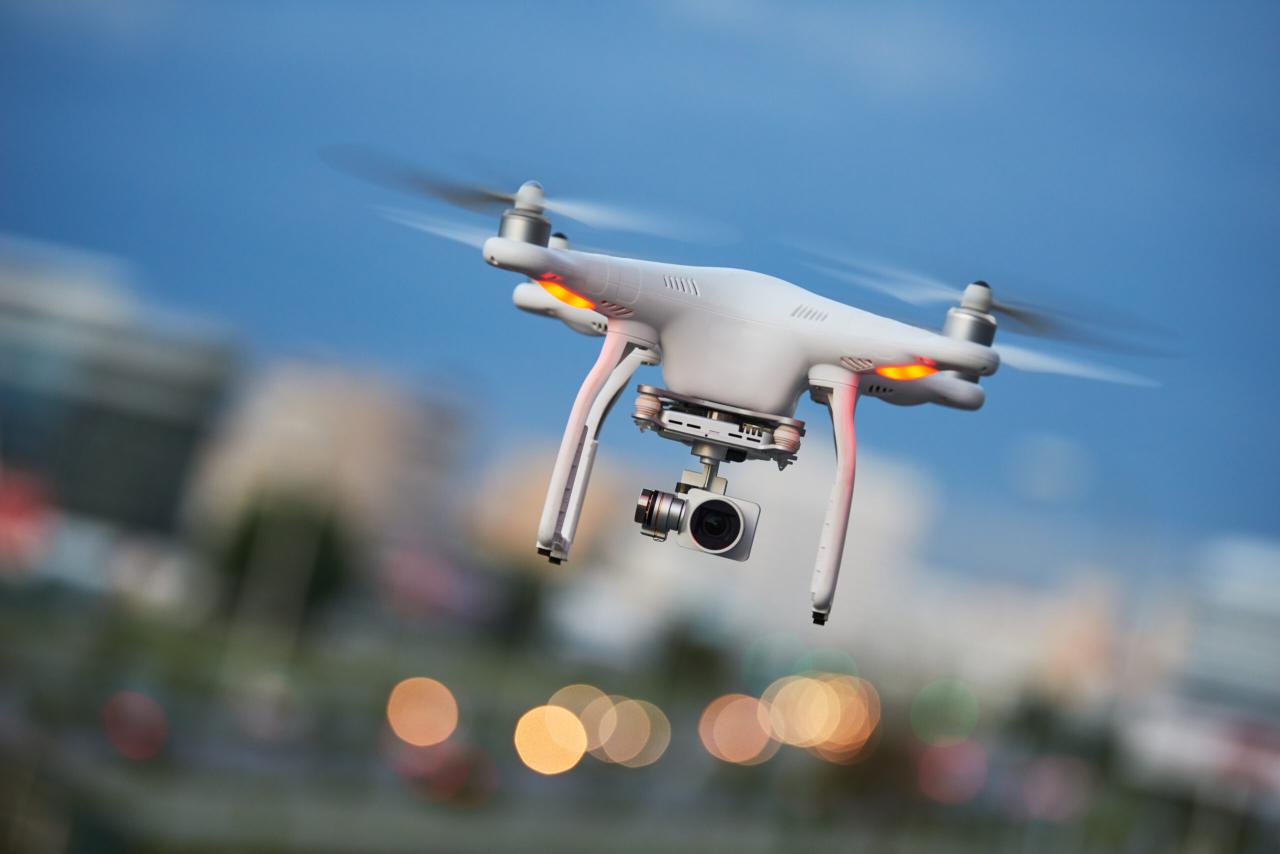
The future of drone technology hinges on continuous advancements in safety features, regulations, and public awareness. This section explores the path toward significantly reducing drone crashes.
Emerging Technologies Enhancing Drone Safety
Obstacle avoidance systems using advanced sensor technologies are transforming drone safety. AI-powered flight control systems provide greater stability and resilience to unexpected events. Redundant systems and fail-safes are being incorporated into drone designs to mitigate the impact of single-point failures.
Areas for Improvement in Drone Regulations
Drone regulations need to keep pace with technological advancements. Clearer guidelines on airspace management, pilot certification, and liability are needed. Improved enforcement mechanisms are also essential to ensure compliance and enhance safety.
Strategies for Public Education on Safe Drone Operation
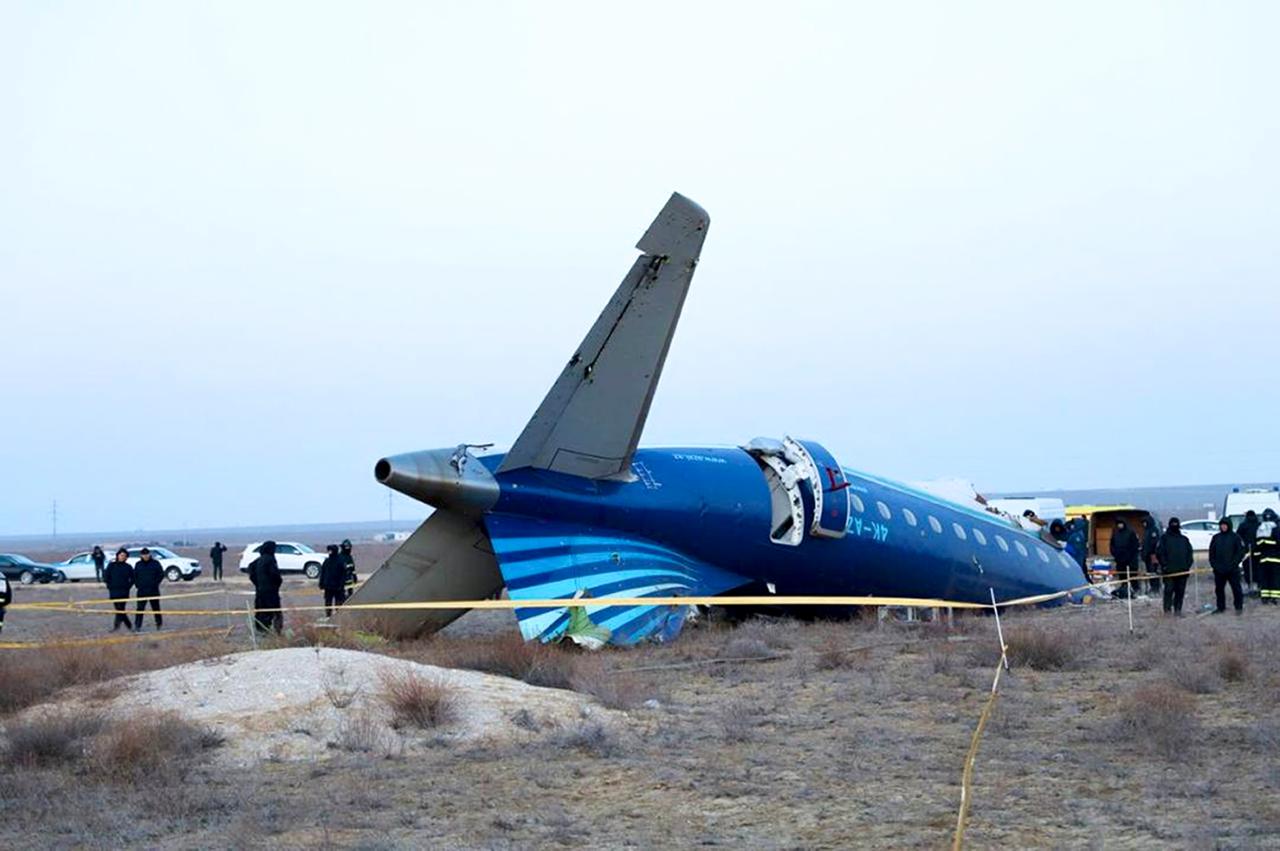
Public education campaigns are crucial to increase awareness of safe drone operation. These campaigns should target both drone pilots and the general public, highlighting the risks associated with unsafe practices and emphasizing the importance of following regulations.
Vision for a Future with Significantly Reduced Drone Crashes
A future with significantly reduced drone crashes involves a combination of technological advancements, robust regulations, and widespread public awareness. This vision entails a seamless integration of drones into our airspace, where safety is paramount, and accidents are exceptionally rare.
Hypothetical Scenario Illustrating Improved Drone Safety
Consider a package delivery scenario. A drone equipped with advanced obstacle avoidance and autonomous flight control systems navigates a complex urban environment, safely avoiding obstacles like buildings, trees, and other aircraft. The drone’s intelligent flight path planning minimizes the risk of collisions and ensures efficient delivery, demonstrating the benefits of improved drone safety in real-world applications.
Final Wrap-Up
Understanding drone crashes isn’t just about avoiding costly repairs; it’s about ensuring the safety of people and property. By combining proactive prevention measures with a thorough understanding of the risks, we can pave the way for a future where drones operate reliably and safely, revolutionizing industries and enhancing our lives. This requires a collaborative effort from manufacturers, pilots, and regulators – a commitment to safety that’s as high-flying as the drones themselves.
Answers to Common Questions
What should I do immediately after a drone crash?
Ensure your safety first. Then, secure the crash site, document the damage with photos and videos, and contact relevant authorities (FAA in the US, for example).
How much does drone insurance cost?
Costs vary based on coverage, drone value, and pilot experience. Shop around for quotes from different providers.
Are there specific regulations for flying drones near airports?
Yes, strict regulations exist regarding airspace near airports. Check with your local aviation authority for details; flying too close can result in serious consequences.
What are the common signs of a failing drone battery?
Signs include reduced flight time, overheating, unusual swelling, and visible damage. Always replace batteries that show any of these.
